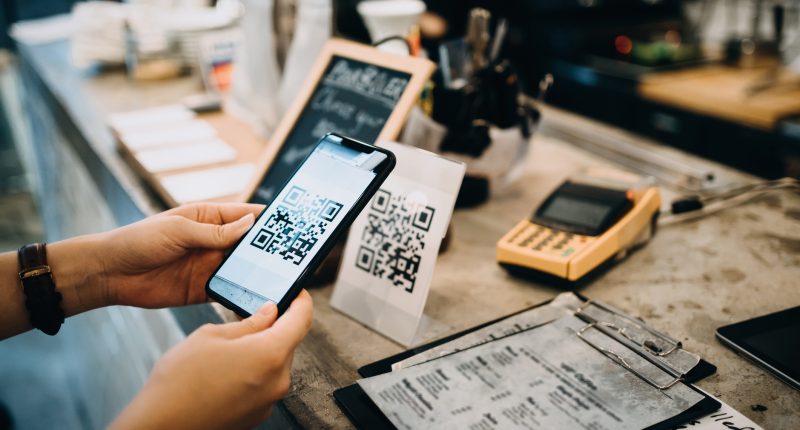QR codes can be found almost everywhere – but they can be extremely dangerous.
These small codes can be scanned with an iPhone or Android camera to take you to a website.
Restaurants use them for menus and parking lots show them for digital payments.
But cyber-criminals have cottoned on to their popularity and are using them for nefarious purposes.
These QR – or “quick response – codes should be treated with caution, according to security giant McAfee.
“Scammers have weaseled their way into QR codes,” said McAfee’s Jasdev Dhaliwal in an official security memo.
“With the QR code scam, pointing your smartphone’s camera at a bogus QR code and giving it a scan, scammers can lead you to malicious websites and commit other attacks on your phone.”
Crooks will swap out QR codes with their own printed versions.
And from there, they’ll execute a “phishing” style attack, where you see an official-looking website that is actually a scam page.
This can be used to steal your money, or enough private info to sell on or defraud you.
Most read in News Tech
Part of the problem with QR scams for phone owners is that they’re extremely difficult to spot.
“There’s really no way to look at a QR code and determine if it’s legitimate or not,” Dhaliwal warned.
“You can’t spot clever misspellings, typos, or adaptations of a legitimate URL.
“Secondly, QR codes can access other functionalities and apps on some smartphones.
“Scammers can use them to open payment apps, add contacts, write a text, or make a phone call when you scan a bogus QR code.”
For instance, a scammer might place a fake QR code on a parking meter.
Once you click it to pay your parking fee and enter your card details, the crooks can make off with your cash.
You might also end up with malware installed on your device that can spy on you.
Where are scam QR codes found?
The problem is that fake QR codes will typically be found everywhere you’d normally expect to see real ones.
In McAfee’s report, six key places are common targets for scam QR codes.
For instance, airports are a common target as it’s a public location where you might typically find one – potentially ruining your vacation.
Here’s the list of six places to be on high alert:
- Airports
- Parking lots
- Bus stops
- Restaurants
- On your windshield (as a fake parking ticket)
- Flyers and fake ads on the street
But don’t forget that QR codes can also arrive digitally too.
So if you receive one over email or text, be very cautious.
To avoid QR code scams, be very wary if one is sent to you unsolicited.
If you scan a QR code, make sure to check the link it takes you to – does it look like a real website?
Read more on The Sun
Check the QR code physically for tampering too: is it crooked as if it was hastily placed on, or stuck on top of another code?
Also, try to avoid paying anything with a QR code unless you are absolutely certain you’re on a legitimate website.









